Who am I?


My name is Ahmet Kamil Keleş and I'm mostly known with my horror games; like Clown House, Self Interactive Horror Stories, Lost Answers. I usually get "The game was too short, but it was scary" reaction, so I wanted to share some tips about how to create horror.
Before we start,
There are different ways to scare players, different aspects of horror. What I will list here are how I manage scaring people, of course you can still scare them without any of these.
As this article is "How I scare people", I gave examples from my own games to explain my techniques.
Let's begin!
Unknown is the scariest
The oldest and strongest emotion of mankind is fear, and the oldest and strongest kind of fear is fear of the unknown.
H. P. Lovecraft
Nothing is so frightening as what's behind the closed door.
The audience holds its breath along with the protagonist as she/he (more often she) approaches that door. The protagonist throws it open, and there is a ten-foot-tall bug. The audience screams, but this particular scream has an oddly relieved sound to it. 'A bug ten feet tall is pretty horrible', the audience thinks, 'but I can deal with a ten-foot-tall bug. I was afraid it might be a hundred feet tall'.
Stephen King
One of the best techniques is to create an enemy or situation, then leave it to the player's imagination. The more we see and learn about the enemy, the less scary it becomes.
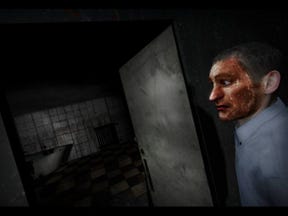
I had the idea of the bathroom part in Self after reading Stephen King's Danse Macabre, where he explains the power of the unseen. In this part, we tell player that the protagonist is afraid to get in the bathroom. The game doesn't let you click on the door to enter the bathroom.
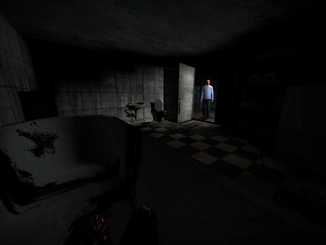
A cutscene shows the protagonist from the perspective of something in the bloody bathtub. Whatever there was in the bathtub, it wouldn't be that scary if I showed the players a 3D model, no matter how successful it would be.
The rest of Self is left as mystery in purpose. Everything in the game has a canonical explanation, but the power of the story lies beneath what is only implied.
Ultimate Evil
If there is an evil character in your game, the only limit of her/his evilness should be the limits of your desired marketplace and censorship laws.
Is the antagonist running at you with a knife? That can be scary. But what makes him scarier is to know that his evilness has a depth. And when his evil side is interesting.
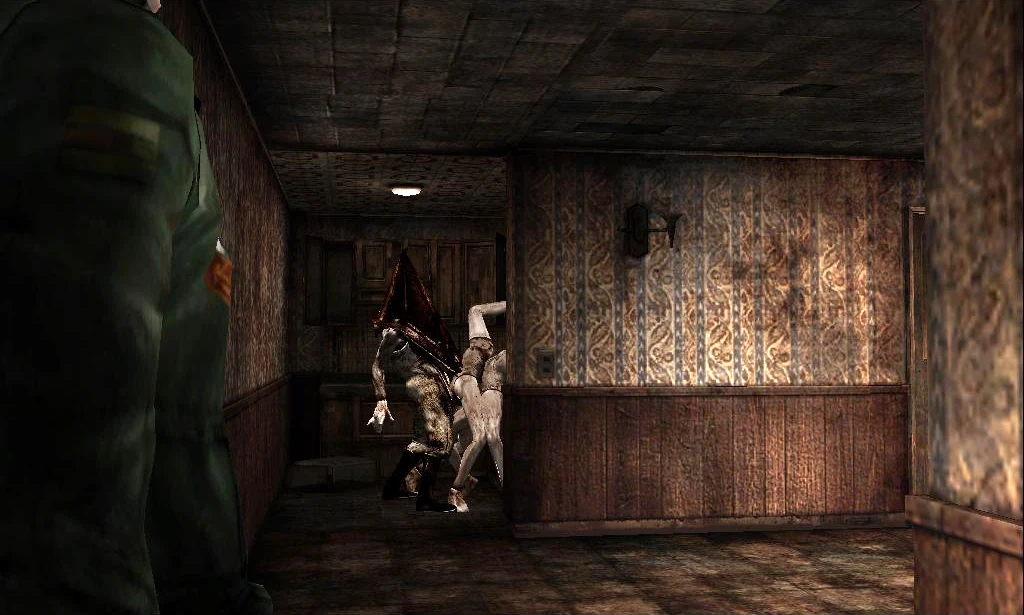
Pyramid Head of Silent Hill 2 is a remarkable enemy. A reason is because he does something we can't always see in video games: He rapes! That was a shock for me when I played the game, I know lots of other players felt the same.
That was my motive when I wrote some of the stories in Interactive Horror Stories. Some evils I tried are extreme sadism towards innocent captives, an entity that kills children in order to take in their place and claim the parent, a demon-god that takes over a king's body to rule the kingdom. And they worked!
Darkness
There has to be enough light to see the darkness by.
Terry Pratchett
Darkness of the night was a threat for our pre-historic ancestors, as they couldn't see well in darkness while predator animals could. It's instinctual to be afraid of the dark.
Proper lighting is important to achieve scaring players with what they see (or not see). It might sound too obvious for you, but I've seen too much games that only uses ambient lighting in horror games.
Let me give visuals examples why lighting is important. I worked on the Dirty Bathroom Set asset pack in Unity Asset Store.

I personally love low-key lighting. It composes a stark contrast between the light and the dark. I strongly advise you to use this lighting technique.
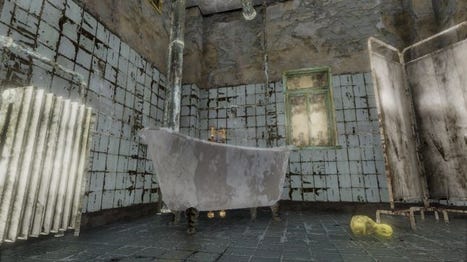
This is what the scene would look like without lighting, but only with ambient lighting. Not good.
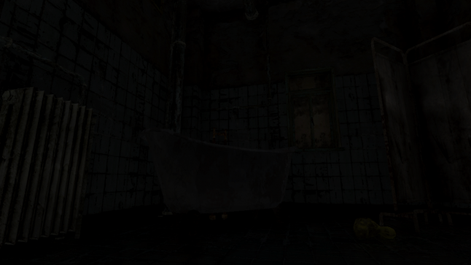
This is with ambient light with a really dark color. I said that darkness is scary, but I wouldn't prefer playing this kind of dark. I personally avoid this kind of "lighting", because what makes the dark's presence strong is the light itself.
TV Tropes has an interesting Hollywood Darkness trope about lighting.
Shadows and post-processing effects are your friends. If you use Unity, I especially advise ACES color grading in the new post-processing stack.
Main character is you
Horror games should be a type of roleplaying. You should see yourself as the protagonist and give decisions as her. Immersion is paramount.
How can it be done?
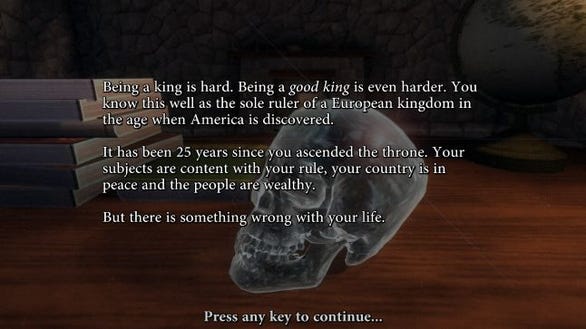
+ Let player know who the protagonist is, what she feels, what are her intentions. If we start in a dark room without any introduction, we will probably say "Hmm, what do I need to do in order to advance in this horror game?" (an immersion breaker), rather than "I am a woman locked in a prison. I must escape!".
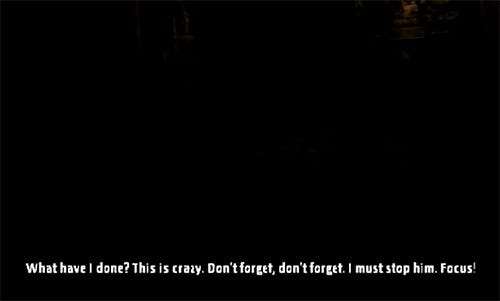
It's perfectly okay if the protagonist has amnesia and we don't remember who we are. Amnesia and its DLC, Justine, execute the story's introduction perfectly. Because we know -and feel- what the protagonists



































